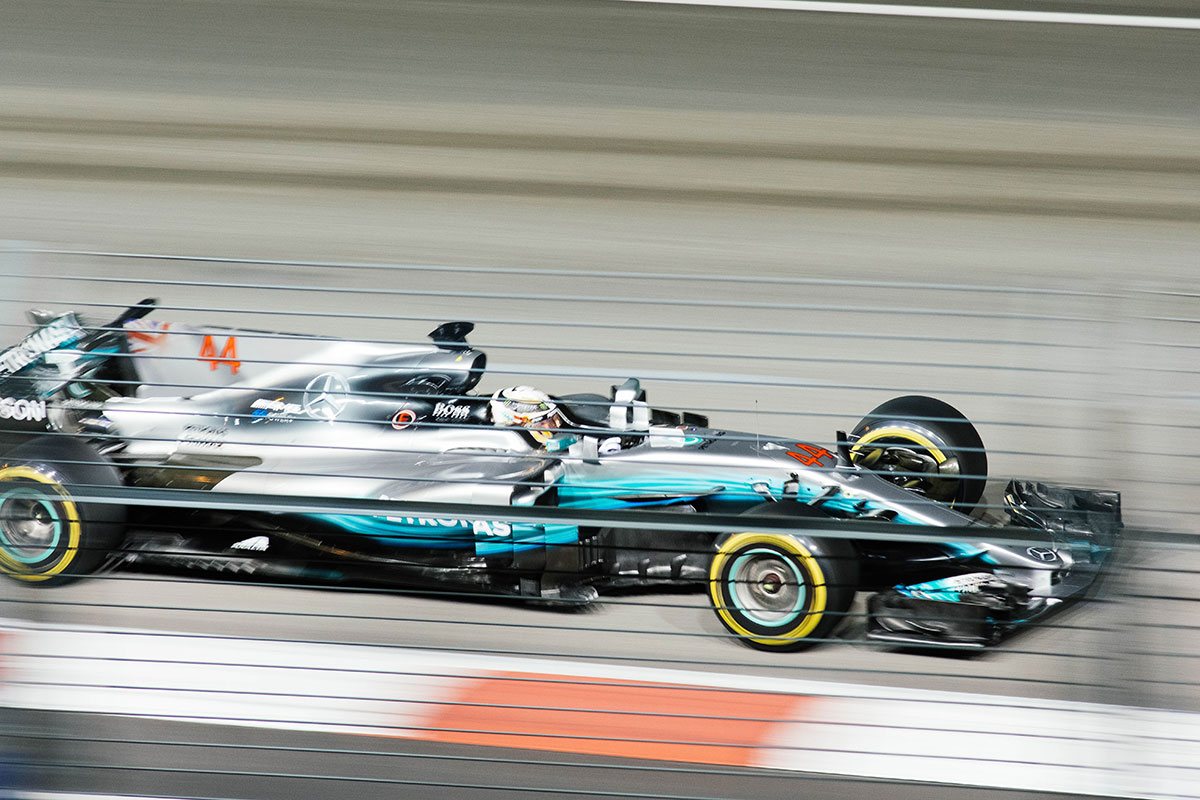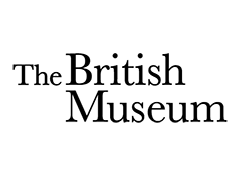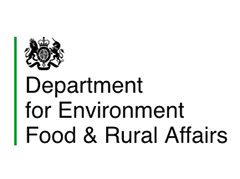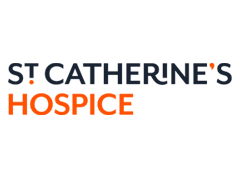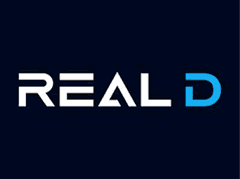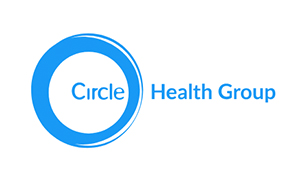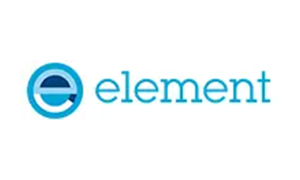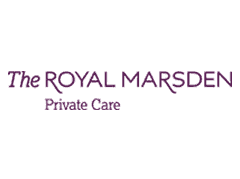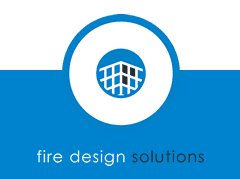AI is now central to how modern PPC campaigns are built, optimised, and scaled. The integration of machine learning into Google Ads and Microsoft Advertising has moved beyond optional features.
Google and Microsoft both frame this shift as essential to performance in a saturated ad environment. In Google’s words: “Advertisers who switch from manual bidding to AI-powered bidding see conversion increases of up to 35%” (Google Ads Help, 2024).
AI in PPC; Smarter Bidding, Less Manual Work
AI-powered bidding strategies like Target ROAS, Maximise Conversions, and Microsoft’s Enhanced CPC, adapt in real time based on live signals such as device, time of day, audience, and predicted intent.
- Manual CPC is increasingly obsolete in competitive verticals
- AI bidding adjusts faster than human managers can react
- Seasonality and external trends are factored in without rule-setting
- Spend allocation is more efficient but harder to control precisely
Microsoft Advertising highlights this shift as foundational: “AI-powered bidding is now the default for nearly 80% of advertisers using Microsoft Advertising,“ according to a March 2024 product update.
Both platforms emphasise the same caveat: clean, accurate conversion tracking is critical. Without that, the algorithms optimise for the wrong outcomes.
A 2024 Tinuiti case study found that value-based bidding combined with high-quality first-party data produced a 34% higher ROAS than standard Smart Bidding setups—but only when event tracking was accurate and complete.
Ad Creative Has Become Modular
Google’s Responsive Search Ads and Microsoft’s Multi-Asset Ads allow the platform to dynamically mix headlines and descriptions. Instead of creating a single ad, marketers provide the building blocks, and the system assembles variations in real time.
- Testing is no longer A/B—it’s multivariate and ongoing
- Performance insights are high-level, not tied to specific combinations
- Human oversight is needed to maintain a consistent brand tone
As Microsoft explains it: “Multi-asset ads let the AI identify the most effective combinations across audiences and placements—marketers should focus on input quality, not outputs.”
This modular approach increases reach but makes messaging less predictable. Strong component writing is now more valuable than polished standalone ads.
Audience Targeting Is Built on AI Models
Audience selection has shifted from manual segmentation to AI-assisted prediction. Google’s Optimised Targeting and Microsoft’s Audience Network expansion allow platforms to find high-intent users beyond advertiser-selected criteria.
- Lookalike modelling and predicted behaviour drive reach
- First-party data improves accuracy, but transparency is limited
- Control has shifted from inclusion to exclusion logic
Marketers now need to think in terms of signals and data sets, not just audience personas. This makes campaign performance more scalable, but sometimes less explainable.
The Human Role Is Strategic, Not Technical
The myth that AI will replace PPC professionals is overstated. Instead, AI has changed where humans add value: not in button-pushing, but in strategic thinking, quality control, and interpretation.
- Humans define business goals, which algorithms don’t understand
- Critical issues like compliance, brand safety, and creative tone need judgement
- Data analysis still benefits from human context, especially when results diverge from expectations
As Google’s automation guide puts it: “Automation excels with the how. Humans are still essential for the why and what next.”
Summary: Make use of AI, But Stay Involved
AI has redefined PPC optimisation across platforms. When marketers supply good data, creative variety, and business context, AI can drive strong performance at scale. ExtraDigital has seen this first-hand with significant campaign improvements across global accounts and the ability to generate significant increases in qualified leads or sales.
But passive reliance on automation leads to inefficiencies hidden beneath surface-level metrics. The best results still come from a partnership: the platform runs the systems, and the marketer sets the strategy.
